The Importance of Art: The Beginner’s Guide to Fluid Art
Why do we need art? Why is art important to humans? Art is a medium that humans use to give a physical form to the things they feel and the images in their minds. Every painting that exists today is a physical representation of someone’s imagination. It’s a vision on canvas. It’s an emotion, a moment in time that no longer exists. Art is simply something we can’t live without. And yes, art is an important component of life.
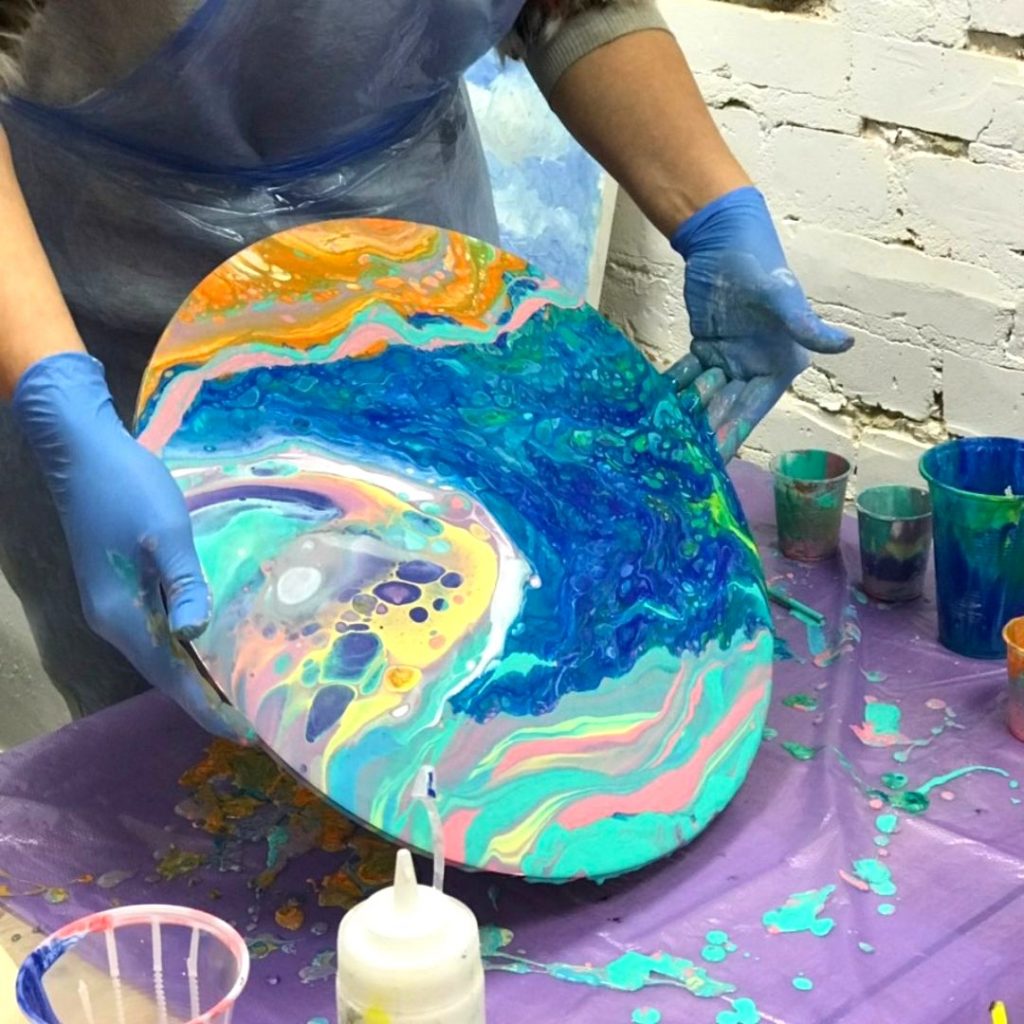
There are a million ways for a person to create art, from traditional painting techniques to alternative painting techniques that result in otherworldly art pieces on which one can’t even put a price. When it comes to creating art, there isn’t a limit on the materials that one can use. Everything an artist uses actually serves a greater purpose serves to depict an idea, and there simply aren’t any boundaries.
What Is Fluid Art?
Unlike the traditional painting techniques that require you to add paint on a canvas with the help of a painting brush, fluid art is an alternative painting technique and here all you need to do is pour the paints and create magic. Sounds really simple but in reality, it takes great skill to be able to just pour paint and end up with a masterpiece.
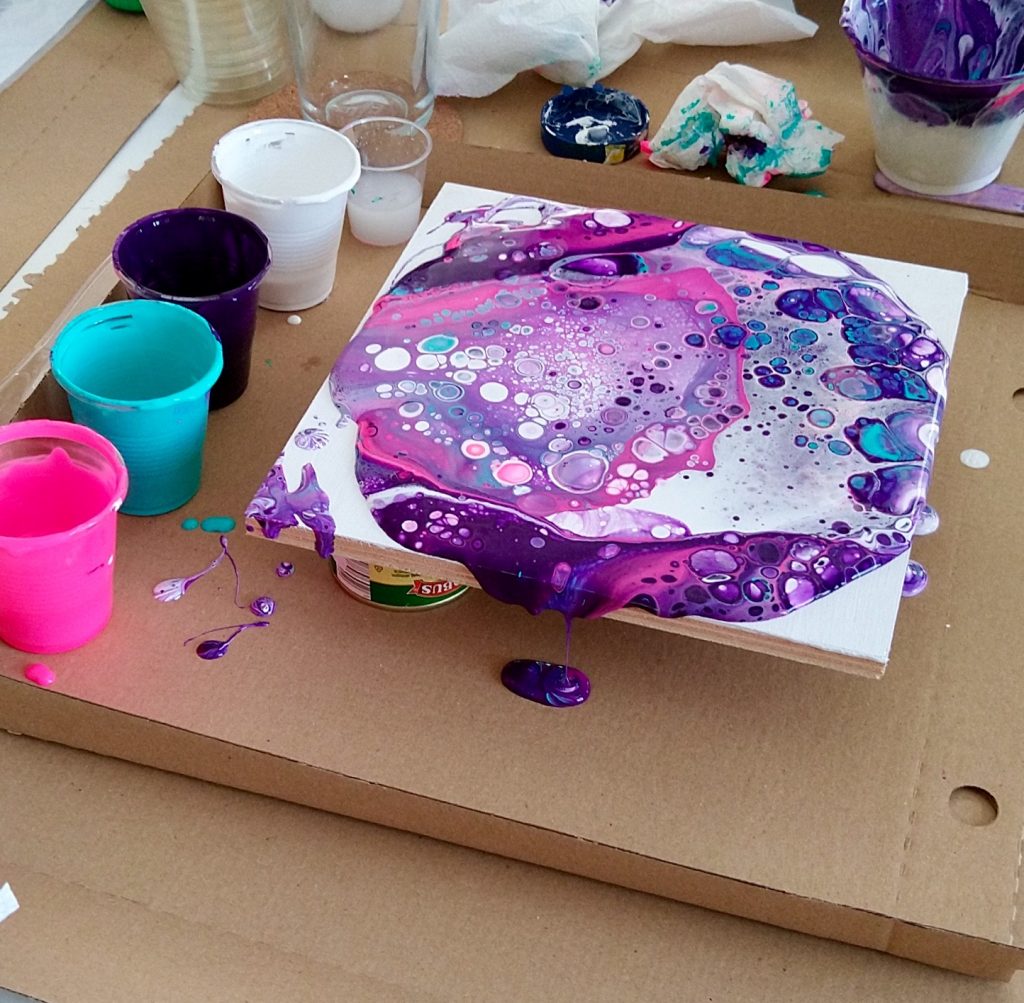
Fluid art paintings truly are something special and the details on them are unbelievable. The colours interfere splendidly and there are all sorts of different shapes visible on the canvas at the end of the painting process. This painting technique is great for artists that like to experiment and those that prefer abstract art rather than creating realistic paintings.
You’re Going to Need Some Tools to Start Painting
If you want to approach fluid art painting professionally, you’ll need a lot of tools. Fluid art tools can help you get more into detail and fully express yourself and your ideas on the painting substrate. The list of fluid art tools is long and the more tools you use, the better the final result will be.
First on the list are the wooden pop sticks. You can use them to create shapes and “give direction” to the colours you pour. They are very simple to work with and come in handy. Next, you should get small empty bottles with a tip applicator. You can use them to create drops of colours or add a specific colour to a specific place on the canvas.
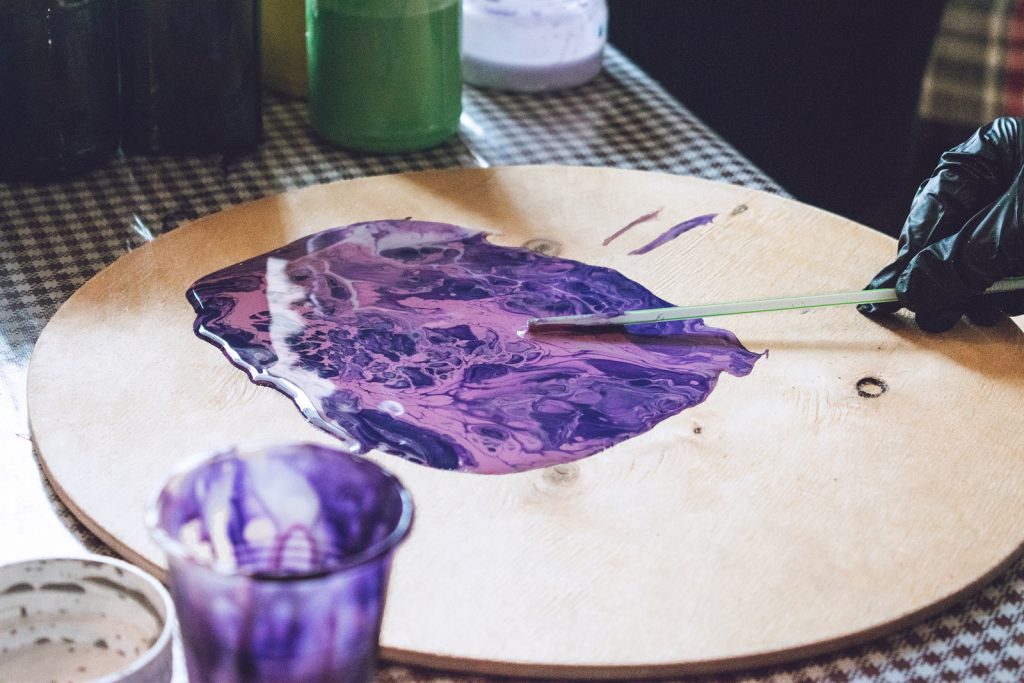
One of the most useful fluid art tools is the mouth atomizer. It is made from plated chrome and it works with all sorts of paints, varnishes and liquid fixatives. You can use it to spray paint on your canvas and try to create different spray effects on the surface. The stain droppers are similar to the bottles with tip applicator but not quite the same. Stain droppers are made of glass and they can be used for the application of a very small amount of paint. If you need to make a small and precise change to your painting then these droppers will be perfect for that.
You’ll also need mini funnels. They can be made from both plastic and metal and are very useful for decanting paint into smaller containers. You can even use them to apply paint directly on the canvas and combine diverse shades and colours in the process. As I mentioned before, you’re free to use as many techniques as you like and include as many tools in the process as you think necessary.
And Liquid or Soft-Body Acrylic Paints
Acrylic paints are ideal for fluid art painting. They have a runny consistency which is very important or else you won’t be able to pour them or spread them across the canvas. Now, not all acrylic paints have the ideal consistency but this is fixable. You can use water to water them down or get a special pouring medium. Both options are great, but you need to be careful with the amount you use. The water should be 1/10 of the mixture. Otherwise, the paint will end up being too watery and no good.
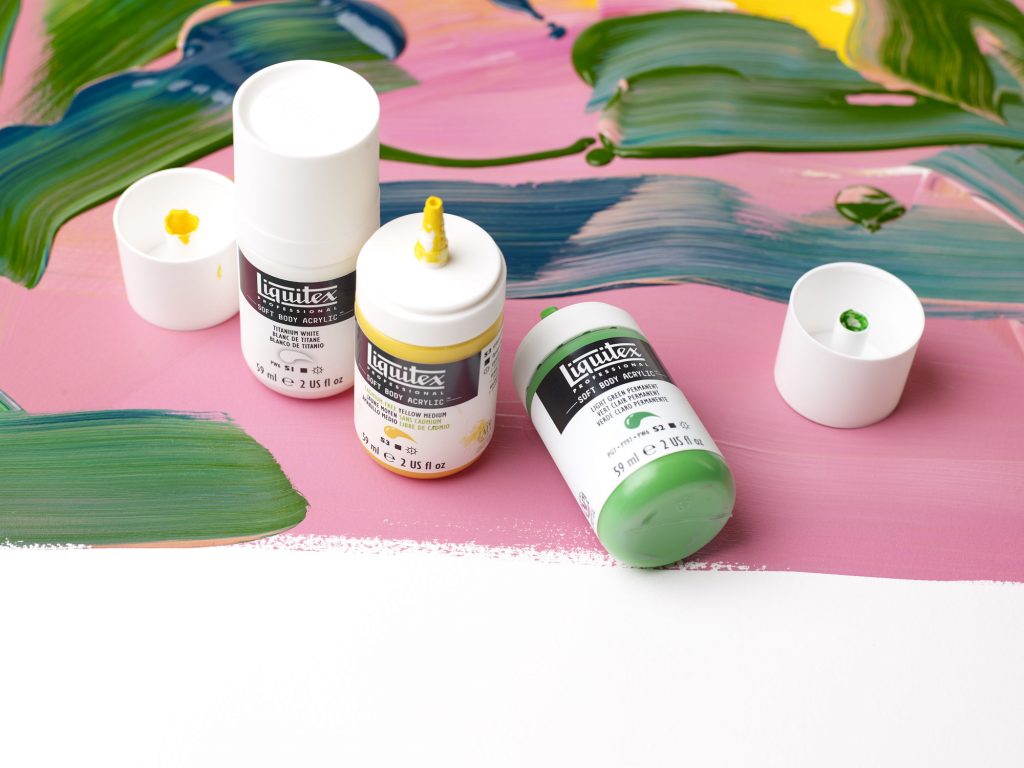
You should choose the paints carefully if you want your painting to turn out amazing. Some paints have lower quality and aren’t as vivid so you should avoid them. Instead, go for high-quality acrylic paints that have strong pigments.
Another thing that’s very important in fluid art is the base coat. You’re definitely going to need a base coat if you want to capture all the colours on the canvas and not have layers of colour disappear as the paint spreads. The base coat allows you to make paintings that have a lot of patterns which isn’t the case when you don’t have one. The base coat is again an acrylic paint. You can use any colour although white will melt with the canvas nicely and it’s the best choice.
There Aren’t Restrictions When it Comes to the Technique
When it comes to fluid art-making there aren’t any rules you need to follow. You can use the basic technique which involves simply pouring the paints one by one until you cover the whole canvas. You can mix two or more colours and then pour them together if you want to create a textured painting with a ton of shades.
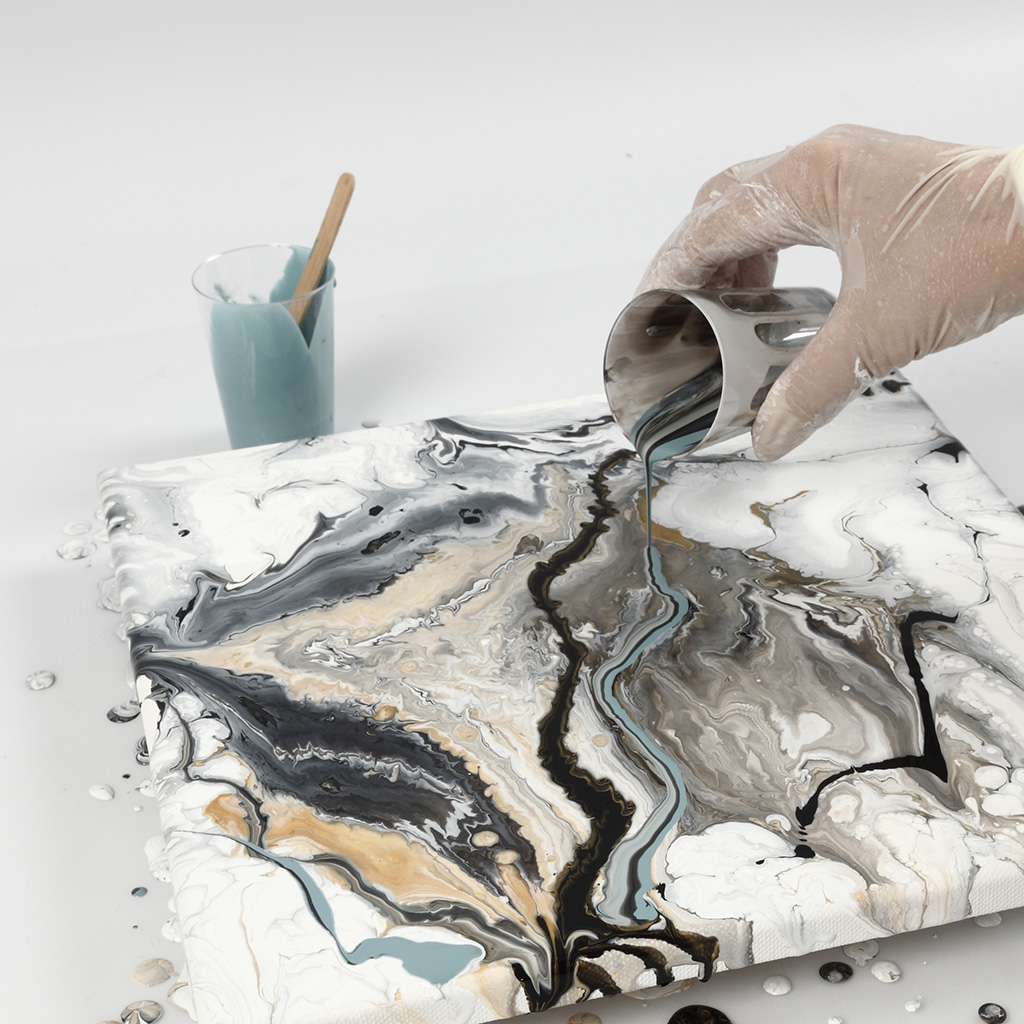
To combine the colours you can tilt the canvas, you can spin it or even use a blow dryer to create interesting shapes. You can splash the colours on the canvas or pour from a height. Also, don’t forget to use the liquid pouring tools. Everything is allowed. You can get creative, make paintings that really take your breath away and give your walls an artistic edge.
Despite being incredibly beautiful, fluid art paintings are also very fun to create. The process is unusual but also very satisfying. The paintings take 24 hours to dry off and you need to add a protective layer on top as well to protect the painting and make it last longer.



